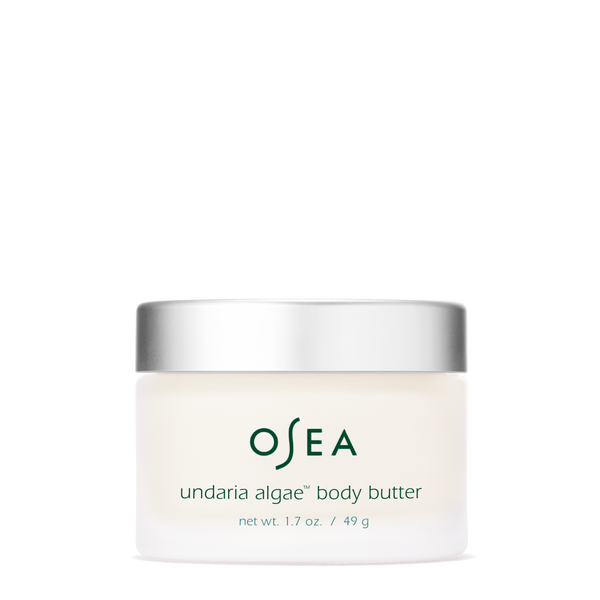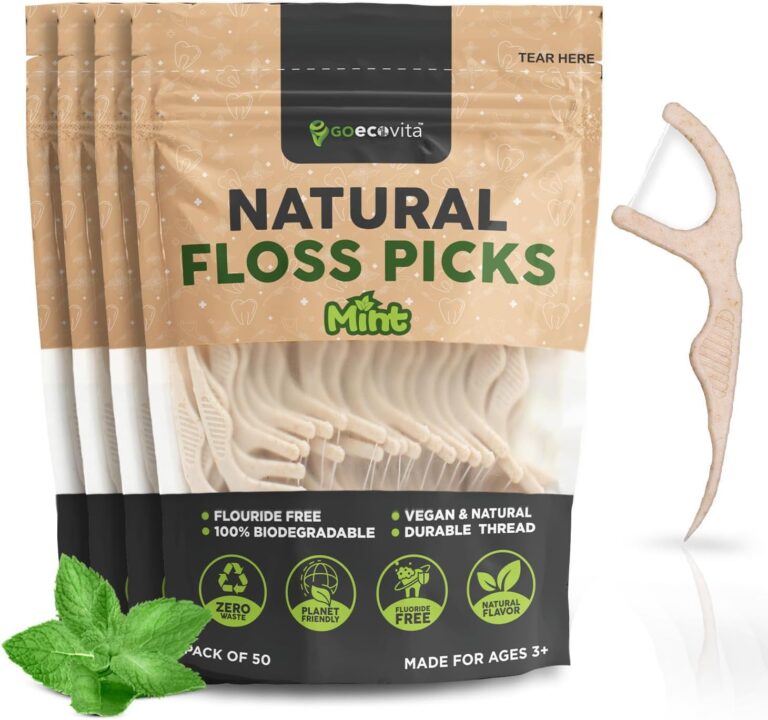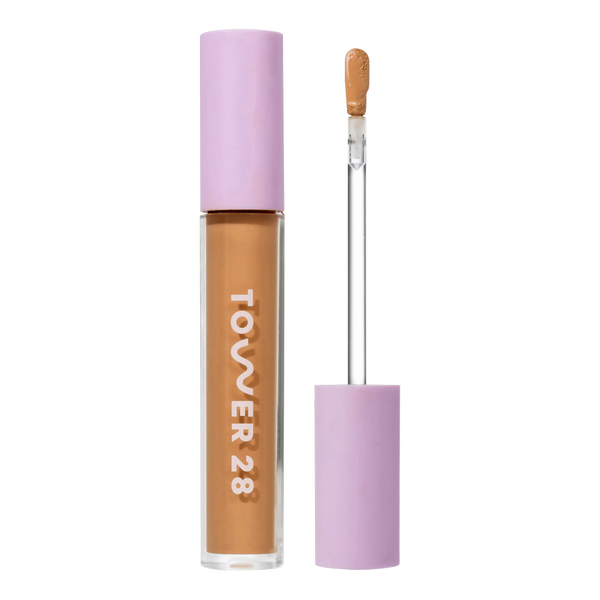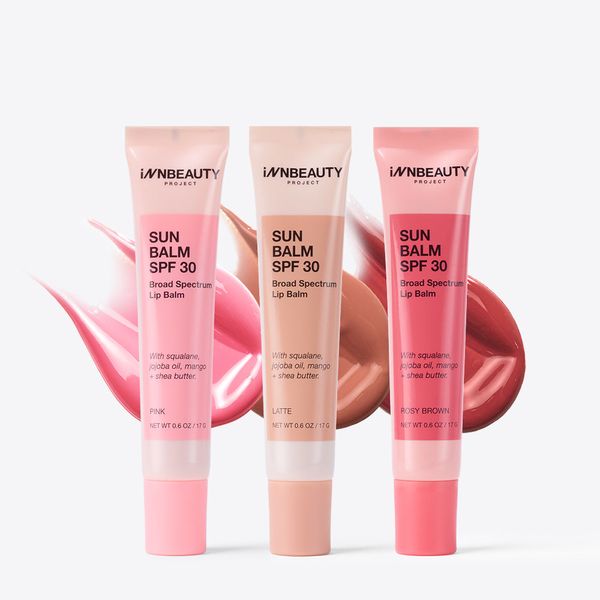What is Low-Toxic Skincare and Why it Matters

Have you ever wondered what exactly goes into your lotions, serums and cleansers?
The idea of “Low-Toxic” skincare is gaining real momentum, and for a good reason. It’s all about choosing products with ingredients less likely to harm your health or the planet.
When we talk about “toxic” here , we mean ingredients that could cause problems even if regulators currently approve them for use. This focus on low-toxic products is not a rule set by the government but a movement set by you and I, the consumers. We want clear information about what is in our products. It is a smart and proactive way to care for our bodies, focusing on reducing how often we come in contact with potentially risky chemicals.
Understanding these ingredients and their possible effects is super important. What you put on your skin can have a real impact. This guide will help you see why making smarter skincare choices really matters.
UNDERSTANDING THE “TOXIC” IN SKINCARE
Many common skincare products contain ingredients that raise eyebrows. It is important to know what some of these are and why they are a concern. You will find them listed on product labels, sometimes under tricky names.
common culprits in skincare products
- Parabens: These are common preservatives that stop mild and bacteria from growing in your products. You will often see them as methylparaben, propylparaben or butylparaben. Scientists worry parabens might mess with your hormones acting like oestrogen in the body.
- Phthalates: Often hidden within “fragrance” labels, phthalates are used to make scents last longer or make plastics more flexible. Research suggested they could be linked to problems with reproduction and development. Many people try to avoid them completely.
- Sulfates (SLS/SLES): Sodium Lauryl Sulfate and Sodium Laureth Sulfate are foaming agents that gives shampoos and cleansers that bubbly lather. However, they can strip your skin of its natural oils. This often leads to dryness, irritation and weakened skin barrier.
- Synthetic Fragrances: That lovely scent in your cream might be a mix of dozens of chemicals. Companies do not list these exact ingredients because they are seen as trade secrets. Many of these unlisted chemicals can cause allergies, headaches or skin irritation for sensitive individuals.
THE “PRECAUTIONARY PRINCIPLE” IN ACTION
Choosing low-toxic products often comes down to a simple philosophy called the precautionary principle.
What the Precautionary Principle means: Imagine you’re wondering if something might cause harm. If there is no solid proof it’s totally safe, the smart move is to act with caution. These people making the product, not you , should prove it won’t cause problems.
Application to Skincare: When it comes to your skin, this means many people prefer to avoid ingredients with even a suspected risk. You choose products with fewer questionable chemicals. This happens even if direct, long-term health links aren’t fully proven for every single ingredient. Why wait for definitive proof when you can make safer choices now?
WHY LOW-TOXIC SKINCARE MATTERS FOR YOUR HEALTH
Your skin is your body’s largest organ. It protects you from the outside world. What you put on it doesn’t just sit there, it can soak in and affect your whole system.
Choosing safer products can make huge difference to how your skin looks and feels. It’s about giving your skin the best chance to thrive.
IMPACT ON SKIN HEALTH AND SENSITIVITY
- Reducing Irritation and Allergic Reactions: Ever get red, itchy skin after using new product? Common irritants like sulphates and synthetic fragrances are often the culprits. Switching to low-toxic options can mean calmer, much less reactive skin. Your skin just feels better.
- Supporting the Skin Barrier: Your skin has a natural protective layer called the skin barrier. Harsh chemicals can damage this important shield. When it’s compromised, your skin gets dry, sensitive and more prone to issues. Low-toxic skincare often aims to support and strengthen this barrier.
- Addressing Long-term Skin concerns: Consistent exposure to certain ingredients can possibly make skin problems worse over time. If you struggle with eczema or acne, cutting out harsh chemicals might help ease your symptoms. It gives your skin a real break.
BEYOND THE SKIN: systemic health considerations
The impact of your skincare choices goes deeper than just your skin. ingredients can enter your bloodstream and affect other parts of your body.
Some chemicals like parabens are known as endocrine disruptors. This means that they can interfere with your body’s natural hormones. This interference has possible long-term health implications for many systems. Groups like the Environmental Working Group (EWG) have highlighted these concerns for years.
Think of the many products you use daily-shampoo, lotion, makeup, deodorant. Repeated exposure to certain chemicals can cause them to build up in your body. This concept known as “body burden” shows how small exposures add up.
Some groups are more sensitive to chemical exposure. Pregnant women, nursing mothers and young children are especially vulnerable. Choosing low-toxic options is even more critical for them to protect developing systems.
NAVIGATING THE LOW-TOXIC SKINCARE LANDSCAPE
Making the switch to low-toxic skincare might seem a little overwhelming at first. But with a few simple tips, you can feel confident in your choices. You have the power to pick better products.
IDENTIFYING “LOW-TOXIC” BRANDS AND PRODUCTS
Knowing what to look for makes all the difference. Your best tools are knowledge and label reading.
- Ingredient Lists as Your Guide: Always read the ingredients label. Look for shorter lists with words you can actually understand. Try to avoid the common culprits we talked about earlier. Ingredients are listed in order from most to lease so the top ones matter most.
- Certifications and Seals of Approval: Many third party certifications help you sort trustworthy products. Look for seals like “EWG Verified”, which means products meet strict health standards. “Ecocert” for natural and organic cosmetics is also a good sign. These seals mean someone else has checked the product for you.
- Brand Transparency and Values: Choose brands that are open about their ingredients and how they make their products. Companies that proudly share their sourcing and safety commitment are usually the ones you can trust. They believe in what they sell.
BUILDING YOUR LOW-TOXIC SKINCARE ROUTINE: ACTIONABLE TIPS
You don’t need tho throw out everything you own at once. Small steps make a big difference.
Start small and gradually. Do not overhaul your entire routine overnight. Pick one product, maybe your cleanser or moisturiser, to swap first. This helps your skin adjust and doesn’t break your budget all at once.
Whenever you try a new product, dab a little on a small, hidden patch of skin. Your inner arm to behind your ear works well. Wait 24 hours to check for any redness, itching for irritation before using it all over.
Simplify your routine by finding products that do double duty. A good facial oil might serve as both a moisturiser and makeup remover. Fewer products often mean fewer chemicals and less confusion.
You can make some simple skincare items at home, like sugar scrubs or oil blends. This gives you full control over ingredients. However, many reputable low-toxic brands offer effective, staple products that save you time. Both options have their benefits.
the future of skincare: A SHIFT TOWARDS CONSCIOUS CONSUMPTION
The beauty industry is changing. Consumers like you are diving this shift. You want products that are Both effective and safe. Your demand for cleaner products is pushing companies to reformulate. They are actively seeking safer alternatives and being more transparent. This consumer awareness creates a healthier market for everyone. We’re seeing exciting new developments in ingredients technology. Scientists are finding smart, effective ways to create skincare without relying on potentially harmful chemicals. It’s a promising time for innovation. Meanwhile, these groups continue to advocate for better regulation of beauty ingredients. They push for laws that protect consumers and give you more clear information.
conclusion: embracing a healthier approach to beauty
Choosing low-toxic skincare isn’t just a trend; it’s a smart lifestyle choice. It benefits your skin by reducing irritation and supporting its natural defences. More importantly, it safeguards your overall well-bing by limiting exposure too chemicals that could affect your hormones or accumulate in your body. Making informed decisions means you get to pick products that truly nourish you
Remember, this journey is all about learning and making mindful choices. You don’t have to be perfect from day one. Every small swap you make adds up to a healthier you. Now’s a great time to take a look at your current skincare products. Consider making some informed swaps that benefit your skin and your health long-term. You deserve to feel good about what you put on your body.





